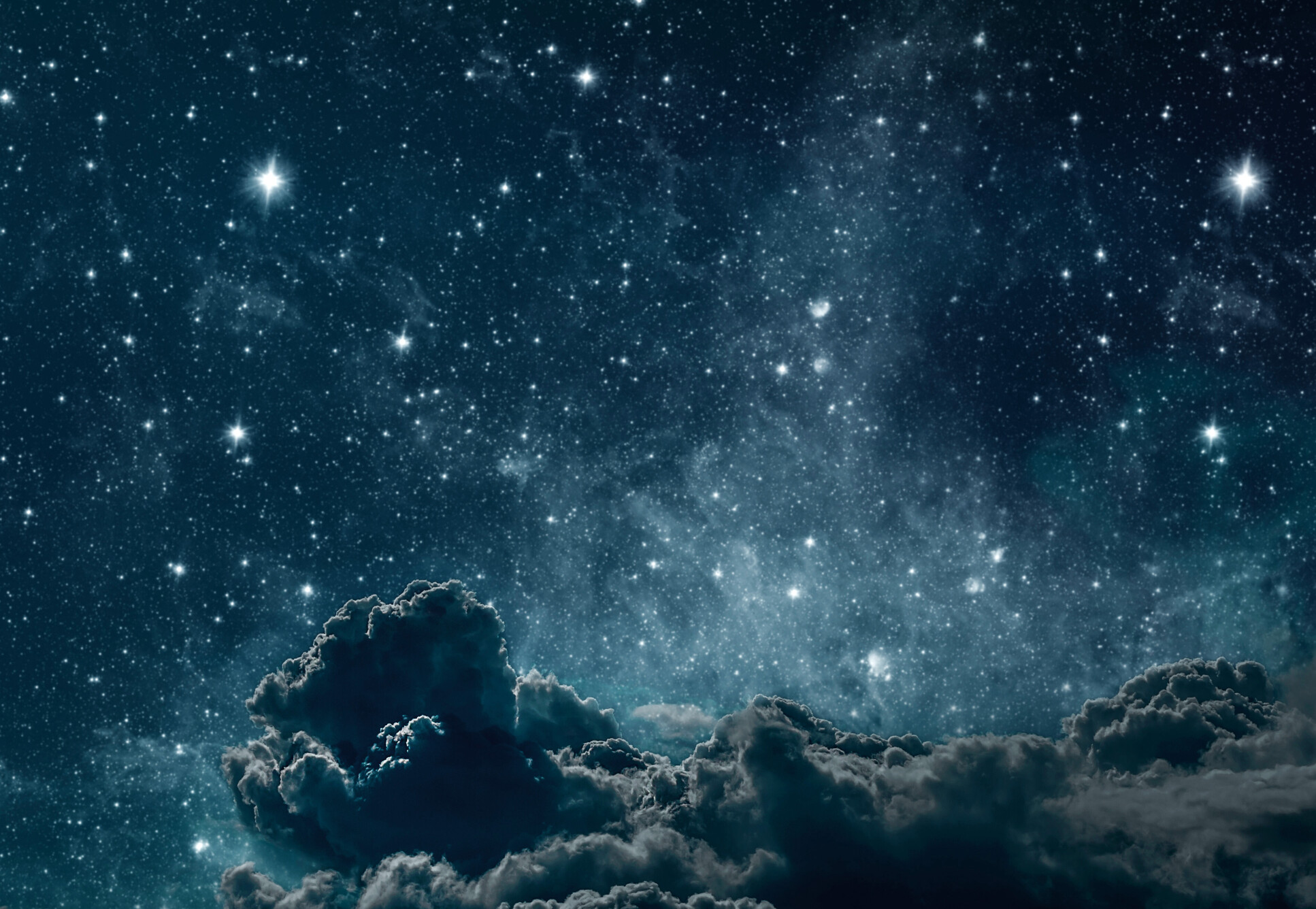Book Review – Starborn: How The Stars Made Us
Starborn: How the Stars Made Us” is a fascinating journey through the cosmos, exploring the profound connections between the stars and human existence. This book, while fictional, seamlessly blends elements of astrophysics, mythology, and philosophy to provide a narrative that is as educational as it is thought-provoking.It’s not just a book about astronomy; it’s a poignant exploration of how the stars have shaped our myths, philosophies, scientific advancements, and very understanding of ourselves.
Trotta skillfully weaves together historical anecdotes, scientific discoveries, and philosophical contemplations, painting a vivid picture of how our ancestors navigated by the stars, worshipped celestial bodies, and sought meaning in the cosmic dance. He takes us from the ancient Egyptians mapping the heavens to the Babylonians charting the movements of planets, showcasing how these early observations laid the groundwork for modern science.The author interweaves scientific facts with imaginative storytelling, taking the reader on a voyage from the birth of stars to the evolution of life on Earth. One of the most captivating aspects of the book is how it elucidates the cosmic processes that have influenced the very fabric of our being, from the atomic level to the grand scale of the universe. It’s a reminder of our small but significant place in the vast expanse of space.
The narrative style is engaging, making complex astronomical concepts accessible to a general audience without oversimplifying the science. The author’s passion for the subject is evident throughout the book, and their ability to explain intricate ideas in an understandable way is commendable. Furthermore, the book delves into the cultural and historical significance of stars in human civilization. It explores how different cultures have interpreted the stars, weaving a rich tapestry of stories and beliefs that highlight our enduring fascination with the night sky.
One of the book’s most thought-provoking aspects is the alternate history section, where Trotta imagines a world devoid of stars. This exercise highlights the profound influence celestial bodies have had on our art, literature, and even our sense of place in the universe. Without the awe-inspiring vastness of the cosmos, how different would our cultures and philosophies be? It’s a book that will leave you gazing at the night sky with newfound wonder and appreciation, urging you to reconnect with the celestial source of our existence.
- Strengths:
- Trotta’s engaging writing style and ability to make complex topics accessible.
- The thought-provoking alternate history section.
- The book’s broad scope, encompassing history, science, philosophy, and art.
- Weaknesses:
- Some scientific concepts might be challenging for readers with no prior knowledge.
- The book could benefit from more illustrations or diagrams to enhance understanding.
Overall “Starborn: How the Stars Made Us” is a compelling read that offers a unique perspective on our relationship with the cosmos. It is a testament to the author’s creativity and depth of knowledge, making it a recommended read for anyone interested in astronomy, mythology, or the existential questions about our place in the universe.














Post Comment